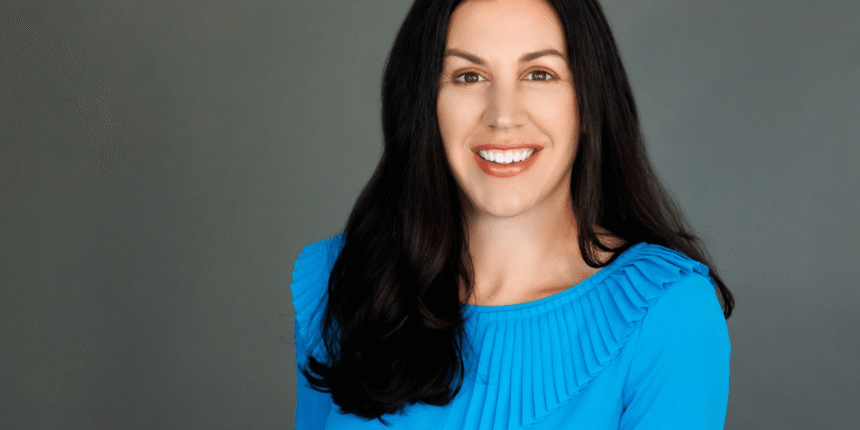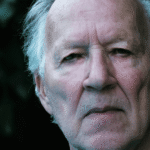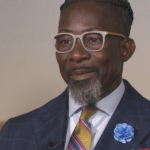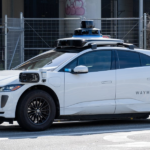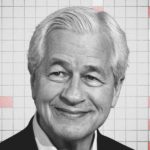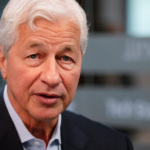This new generation of workers is different in that they don’t accept a manager’s directions at face value, she says. “They want to know why, how, they want constant feedback.” Adams said Cohesity has had to teach the managers how to lead this generation of workers, while also teaching some seemingly “basic things” to younger workers, like “how do I manage my calendar? You actually have to accept the meeting request. You can’t just walk out of the meeting that you’re in because you have another one while it’s still going on.”
Adams related an anecdote of a lunch program where a senior leader takes an intern out, and an instance where a manager was kept waiting by a successful intern who had just signed on to convert to full-time. The intern explained, “Sorry, I’m late, I just had to walk, I was just in a meeting.” The manager was horrified to learn that their lunch date had interrupted a business meeting, but the intern said they had “a lot going on” so it was fine for them to leave the meeting early for lunch.
She said on one hand, she thought it was “adorable” that the intern didn’t realize that a meeting would rank ahead of a previously agreed-upon lunch date. But on the other hand, there’s a clear need for some training on both sides here. Managers have to very explicitly explain the terms of each invite to their colleagues, in other words.
“When I was in my 20s and when I was out of school,” Adams says, “I learned so much from sitting in the cube next to my manager and hearing her and experiencing people dropping by my office.” She described a “struggle,” more on senior leaders’ part than her Gen Z interns, one part from the “mind shift” that comes with really understanding Gen Z, but “it’s also a shift trying to get [older] people back into the office. The Z’s want to come into the office, hybrid … they have no problem with it,” but that’s not the case with the rest of her workforce, which might find return-to-office more disruptive to family commitments. “I find the other workers are resisting coming back to the office because they had the taste of working from home and they … just want to keep it that way.”
She added that older workers also seem to have a hard time communicating with Gen Z, particularly when using different tools all day long. “Videos, slacks, everything being text, quick, quick, quick. The later-in-career employees want emails, spreadsheets.” This is a struggle for Gen Z, who has what she calls a “don’t-want-to-talk-on-the-phone disease.”
Adams’ home life became a sounding board for the fast-changing workplace. She brought up the example of her older son and the subject of internships. His attitude equates to “I really need to love the job and I need to love the company.” Her first response was bafflement: “What do you mean? I was a waitress for many years.”
But she came to see this in her workforce, too, and an admirable transparency compared to previous workplace norms. “they have no problem saying, ‘Yeah, I can’t do that. I walk my dog at that time or I have a nail appointment.’ Like, they share everything, which I admire.” Adams said this oversharing tendency “fascinates me” and added that when she was pregnant in her 20s, she wouldn’t even disclose when she had doctor’s appointments, and would come back to work as if nothing happened. She said it used to be normal to “omit” information in the workplace, in the days before “bring your whole self to work,” but her younger colleagues are “very transparent with all of their thoughts and activities.”
Adams found that to work with Gen Z, she had to shift away from the “because I told you so” mentality common with the bosses of old. Instead, she taught leaders to explain the “why” behind workplace decisions and foster a sense of shared mission. Adams is far from the only workforce expert to see these patterns in Gen Z and their often-befuddled older coworkers: they ask “why” a lot and they don’t like being told to do things without good explanations.
A cornerstone of Doris’ approach is to “not make assumptions—ask.” She stressed the value of data in the forms of engagement surveys and analytics. Most importantly, she said, simply talking to employees, both as groups and individuals, is invaluable for good management. Nevertheless, Doris acknowledges that her own use of data reflects a significant shift toward mission- and impact-driven work, especially among Gen Z employees. From her own survey data at Justworks—where she notes that pride and mission orientation score in the 85th percentile—she sees younger workers in particular wanting to understand the “why” behind their tasks. “It’s just table stakes now,” Doris said, urging managers to always link daily work to overall strategy and organizational purpose.
Adding that “new manager leadership training is absolutely paramount,” Doris says that she feels there’s a need for leaders to create more “space” for themselves. She said she thinks that new managers often aren’t reflective enough. They don’t ask themselves, “How did I show up today? What do I want to show up as?” As Doris continued talking, she sounded like she was describing a lot of the Cohesity managers in Adams’ Gen Z training.
Adams said she sees so much anxiety in Gen Z: What will AI do to their jobs? Will they even have a job? Will they be replaced? “It’s like a lot of pressure that they’re putting on themselves.” They’re different from millennials, though, she added, summing up their attitude like, “OK, you gave me a job. When am I going to get promoted?” Gen Z is “willing to work hard,” she concludes, just “at their own pace.”
When asked about this program’s success, Adams cites internal data showing decreased attrition and a “weekly pulse check” with high engagement and improving scores. Cohesity is planning to keep growing and is actually doubling its number of interns in the upcoming season, she added. This is a real commitment, since Cohesity commits to hiring on any intern who proves themselves a good performer. “We really do want to teach them, set them up for success and have them be a future employee.
Adams issues a call to corporate America, saying that 30% of all workers will be Gen Z by 2030, so “they are the future of our workplace and the organization.” She said “we have to be open and patient and not just expect them to be like us … They think different. I learn from them because the way they go about things is just different, and they have a fresh approach. So we can’t get stuck.”


